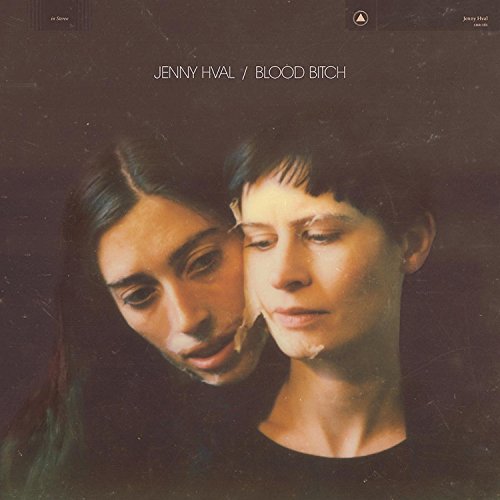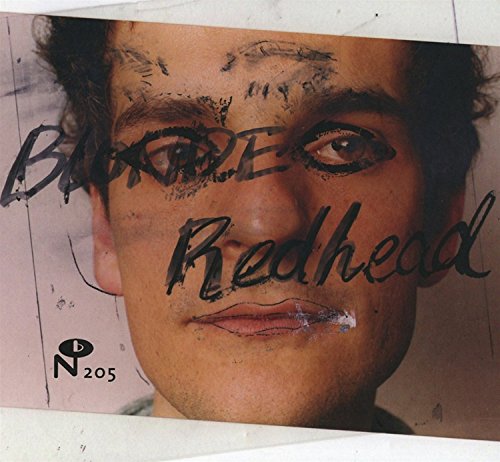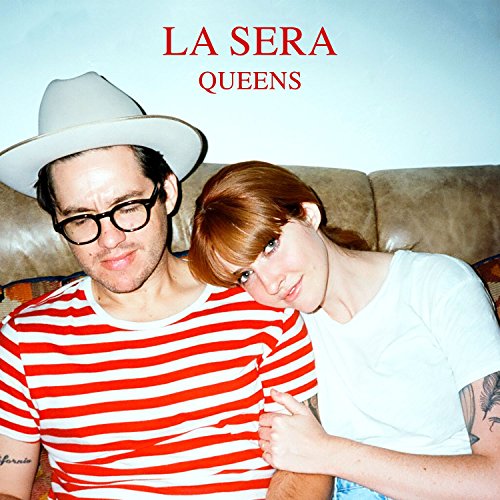Opening Pandora's box
Yesterday's New York Times Magazine went behind the scenes at Pandora, watching at the company sucked all the joy out a new delivery of music:
Over the previous six weeks or so, the Pandora analysts listened to 650 Indian pieces, and the session I observed was a refresher course. Steve Hogan, who oversees Pandora’s analyst squad, had given a half-dozen of its members the same two songs to analyze. The first was “Raga Ahir Bhairav,” recorded by Bismillah Khan in 1955. But the analysts had not been given this cultural information; all they had for the assignment was the music and their ears. Hogan played a snippet and pointed to Kurt Kotheimer, a bass player who often gigs around the Bay Area.
Kotheimer consulted his listening notes: “Flat second, major third, perfect fourth, perfect fifth, major sixth, flat seventh.” Everybody nodded: that’s the tone set, which helps identify the particular raga, one of 25 new “genes” added to Pandora’s algorithm to accommodate this variety of non-Western music. Based on the beat, everyone agreed that this raga was set in Teentaal, with a 16-beat rhythmic cycle often heard in North Indian classical music; it’s now in the genome too. But that was the easy part, apparently.
They moved on to vocals, and Alan Lin, a violinist, ticked off the scores he came up with for things like rhythmic intensity and the relative exoticism of the melody scale. “I actually put exotic at 3.5,” he said. This prompted Sameer Gupta — a percussionist and an expert on Indian music who was weighing in by speakerphone from New York — to lead a brief discussion of how to think about melody and exoticism in this context. Seven or eight scores related to melody, and then about the same number for harmony. (“A 5 for drone,” one analyst announced.) More scores related to form. Tempo. The timbre of the reeds. When Gupta gave his score for riskiness on the percussion — a 3.5 — Lin did a sort of fist pump: “Yes!” Evidently he’d scored it the same way, meaning progress toward properly fitting Indian music into the Music Genome Project. Things went on like this for a while. “Even if you have a solo violin with a tabla, you’re still going to have monophony,” Gupta remarked at one juncture. “I just wanted to point that out.” It was hard to believe there was a business riding on this kind of conversation.
Pandora aim to cut out the influence of hipsters and taste makers in order to concentrate on finding music which is structurally similar to songs you like - it's very clever, and academically time-consuming, but seems to miss out on a whole lot of the things that make songs resonate.
This kind of box-ticking and point-scoring might work if you have incredibly limited tastes; if you don't, the weakness of Pandora (and, to a lesser extent, Last FM) is that there's a tendency to make your listening more conservative.
The problem is this: you tell the system you like Madness, so it plays you The Specials because they're a bit alike. You tell them how much you like that, and it chooses the next song. But the problem is that you're always on this branch. Sure, you can start over again and plug in Nanci Griffith, but once again you're going down the arm - and how can the system ever hope to tell how your affection for Madness and Nanci Griffith balances out?
The nice thing about relying on hipster bloggers is that sometimes you'll stumble across things you never knew you were going to like - and most people would say they discovered more music through a John Peel show than they ever would from The Evening Session.
Because even if subconsciously you favour songs with a 3.5 rating for exoticness and 2.7-worth of timpani drums, boiling it down to a matrix of numbers seems depressingly mechanistic. Do we really need a time-saving device to spare us the effort of serendipity?









1 comment:
"The problem is this: you tell the system you like Madness, so it plays you The Specials because they're a bit alike. You tell them how much you like that, and it chooses the next song. But the problem is that you're always on this branch. Sure, you can start over again and plug in Nanci Griffith, but once again you're going down the arm - and how can the system ever hope to tell how your affection for Madness and Nanci Griffith balances out?"
I disagree: I have extremely ecclectic tastes and Pandora serves me extremely well. Let's see, the last five artists offered up were: Wailing Souls, Sarah McLachan, Blue Suede Bombers, the Bonzo Sog Band and Pet Shop Boys. I like Pandora precisely because enables such diversity. Pandora has its flaws: it's much better at creating genre stations, than isolating specific traits like female vocals or humorous lyrics. Nevertheless, once you've created the genre stations that you're interested in, the quick-mix feature selects across all of them in quite a satisfying way.
There might well be nothing to link Madness with Nanci Griffith, but when you get to explore the space around particular artists, Pandora can help you refine what you like about similar artists.
I would expect a neophile (as you appear to be from this blog) would be much more disaastisfied but the slow rate that new music makes it onto Pandora. Recently charting tracks do get on quickly, but the rest of music takes its own sweet time to be collected and processed into Pandora. Pandora would probably serve neophiles far better with a simple setting based on the release date to allow people to explore recent releases.
Post a Comment
As a general rule, posts will only be deleted if they reek of spam.